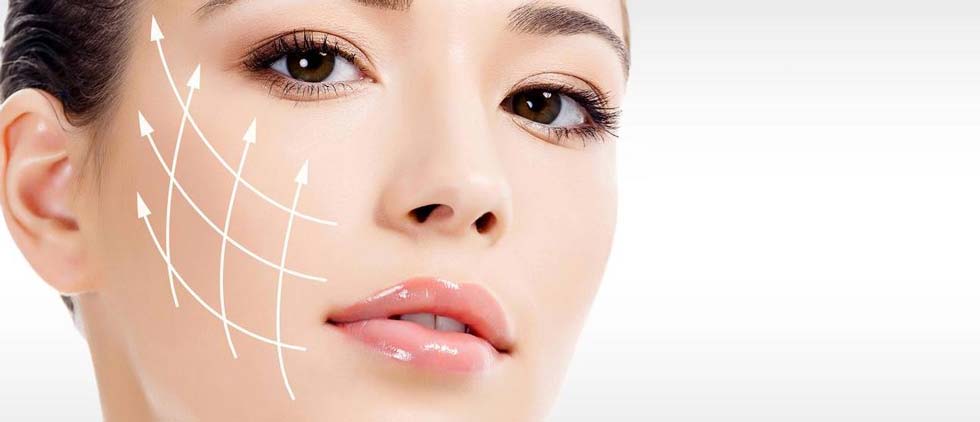What are the Risks of Hyaluronic Acid Fillers? - Explained by Dr. Yeung Ho Hong(楊浩康)
Hyaluronic acid injections are generally very safe. Common side effects include bruising, swelling, and pain at the injection site. More serious but rare risks include localized allergic reactions, bacterial infections, vascular occlusion, and tissue necrosis.

Injections of hyaluronic acid fillers are typically safe, with common complications such as bruising, swelling, and discomfort at the injection site. These effects are usually temporary, resolving spontaneously within one to two weeks. Other risks include the Tyndall phenomenon, localized allergic reactions, bacterial infections, vascular occlusion, and tissue necrosis, with vascular occlusion being the most severe.
The face is rich in blood vessels and nerves. While vascular distribution is generally similar across individuals, slight variations exist. If hyaluronic acid filler inadvertently enters a blood vessel, it can obstruct blood flow, leading to skin inflammation and tissue necrosis. Even after recovery, permanent scarring may remain. In rare and severe cases, filler injected into vessels connected to the eyes can cause blindness. Such cases have been reported in countries including Europe, the United States, Taiwan, and South Korea.
The Tyndall phenomenon is a physical effect where hyaluronic acid filler injected too superficially causes the skin to appear bluish under light. In mild cases, this resolves naturally within a few months. In more pronounced cases, an injection of hyaluronidase can degrade the filler to correct the issue.
To minimize the risk of vascular occlusion, experienced clinicians retract the syringe before injecting to confirm the needle is not in a blood vessel. If blood is observed during retraction, the needle is immediately repositioned. Alternatively, using a blunt cannula reduces the likelihood of penetrating blood vessels or damaging surrounding tissues. Proper cleaning and disinfection of the injection site also significantly lower the risk of infection.
Despite these potential risks, hyaluronic acid filler injections generally yield safe and satisfactory results when performed by skilled, experienced practitioners in a reputable medical facility. Patients should be fully informed about possible complications prior to treatment and engage in detailed discussions with their doctor to develop a personalized plan tailored to their facial anatomy and aesthetic goals. Thorough pre-treatment assessment, precise injection techniques, and comprehensive post-treatment care are critical to minimizing risks and ensuring successful outcomes.
In summary, hyaluronic acid filler injections are a well-established cosmetic procedure with a strong safety profile, though risks such as localized allergic reactions, bacterial infections, the Tyndall phenomenon, and vascular occlusion exist. Most side effects are transient and can be effectively managed through adherence to strict medical protocols and proper post-treatment care. Choosing an experienced practitioner is essential to minimize adverse effects while achieving optimal aesthetic results.
References:
1. Rzany, B., & Kitzmann, V. (2004). "Dermal fillers and biostimulators." Journal of the European Academy of Dermatology and Venereology, 18(2), 99-105.
2. Beleznay, K., Carruthers, J. D., Humphrey, S., & Jones, D. (2015). "Avoiding and managing complications of hyaluronic acid fillers." Plastic and Reconstructive Surgery, 136(5 Suppl), 12S-15S.
3. American Society for Dermatologic Surgery. (2014). "Practice Guidelines for Minimally Invasive Dermal Fillers." Retrieved from https://www.asds.net/
